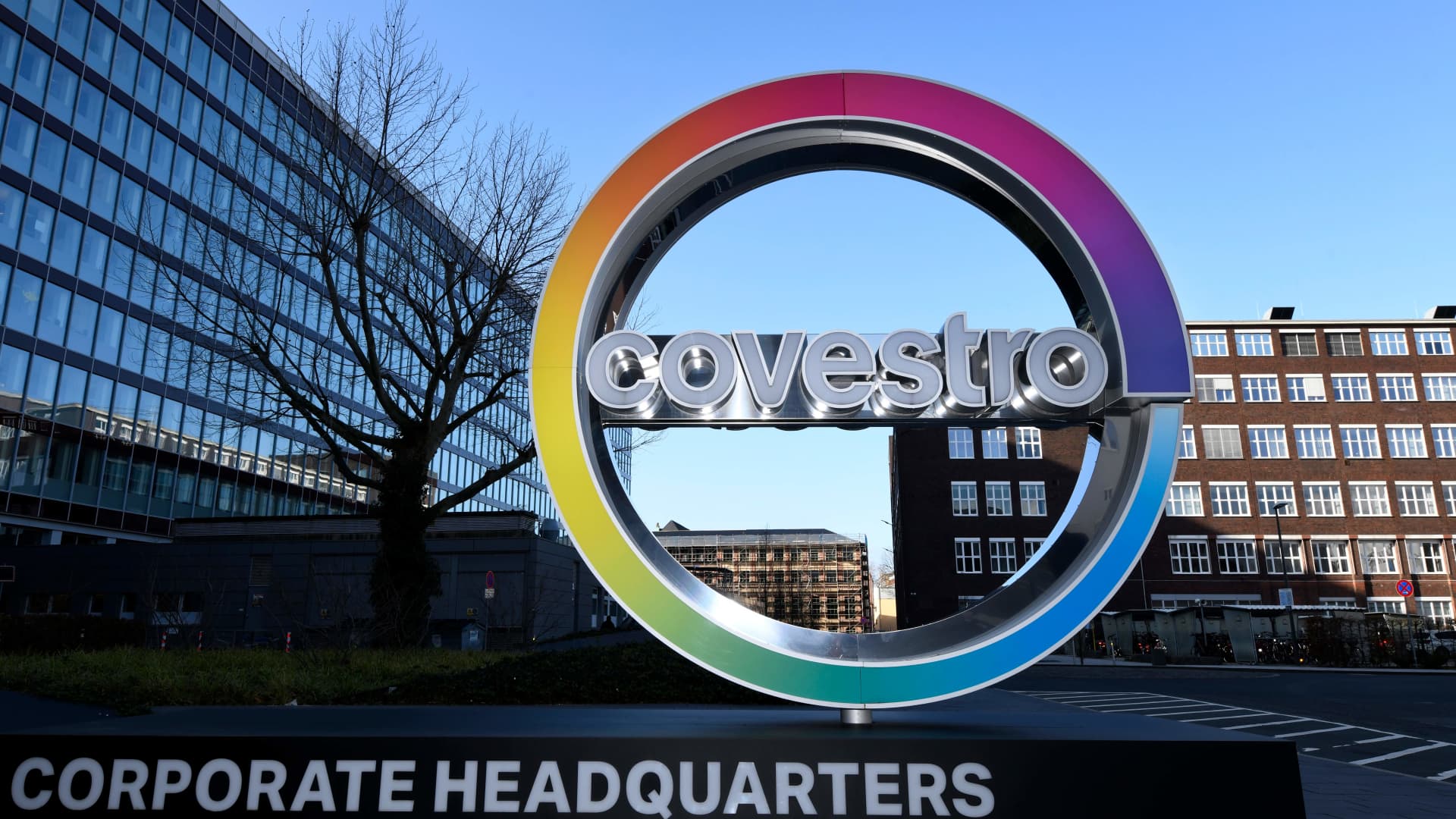New Jersey is Ready for 100% Clean Electricity & Buildings

New Jersey’s 2019 Energy Master Plan (EMP) laid out the blueprint for how the state can achieve a 100% emissions-free economy by 2050. It envisions a future where a home powered by 100% clean electricity keeps its occupants cool in the summer and warm in the winter by using a cold-climate heat pump. One where the car in the garage is electric and charged by emissions-free energy resources. However, one thing the EMP did not do was determine what the cost impact of the clean energy transition would be customer’s energy bills.
That changed yesterday with the release of the Final Report: New Jersey Energy Master Plan Ratepayer Impact Study. The study, commissioned by the NJ Board of Public Utilities, looked at the economics of the clean energy transition in New Jersey and found that not only does vehicle and building electrification decrease total energy costs for customers, it found that the state can achieve 100% clean electricity by 2035 with little additional cost increases.
The core goal of the report was to find out how energy costs would be impacted in 2030 under three scenarios: (1) The status quo; (2) achievement of the 2019 EMP Goals; (3) moving even faster than the 2019 EMP and achieving 100% clean electricity in 2035.
Overall, the report found that residents who embrace energy efficiency, electric vehicles, and building electrification will see costs decrease compared to customers who stay on fossil fuels.
The Report Has Four Key Findings
- Average energy costs are expected to increase through 2030 for customers who do not participate in energy efficiency programs, adopt electric vehicles, or switch to electric heating.
- Customers who are able to adopt energy efficiency, electric vehicles, and electric heating will have lower costs in 2030 than they do today, and 16% less than residents who continue to use fossil fuels to heat their homes and power their vehicles.
- Achieving 100% clean electricity in 2035, instead of 2050 only increases incremental costs by 2%.
- New Jersey should prioritize ensuring that all of its residents, specifically low-and-moderate income energy customers, can participate in clean energy programs.
Where Should NJ Go From Here?
First and foremost, New Jersey should update its Renewable Portfolio Standard (RPS) to achieve 100% clean electricity by 2035. While this might seem difficult or ambitious, 60% of the electricity consumed in the state is already from emission-free resources. By 2030, the state’s 50% RPS target and nuclear fleet will mean that 85-90% of the electricity in the state will be clean. All that is left to do is figure out what to do after 2030.
Fortunately, that question is not a hard one. The state already has a significant amount of solar and offshore wind that will come online in the next decade. If the state were to continue on its current path and increase the RPS target by 3% a year until 2035 it would be enough to hit 100% clean electricity by 2035. As the Report identifies, the incremental cost of going from the states current policy to 100% by 2035 is only 2%. Given the enormous benefits to the climate, public health, and in-state job creation by accelerating RPS, moving to 100% clean electricity the additional investment is well worth it.
Second, New Jersey must go all-in on equitable building decarbonization. Burning fossil fuels like methane (“natural”) gas, propane, and fuel oil directly in New Jersey’s homes is responsible for more than 28% of New Jersey’s climate pollution, wreaking havoc on the environment and on the health of its residents. Despite the best available science and the state’s own energy and climate policy, New Jersey has only taken a piecemeal approach to decarbonization thus far. To hit its climate targets, the state needs to take bolder action on building decarbonization and ensure that all residents, regardless of income or location, can participate in programs.
This is going to require both state-and utility-run electrification programs that provide significant incentives to cover the upfront costs of highly efficient cold climate heat pumps while developing training programs, educational materials, and contractor networks to bring down costs. Programs in Maine, New England, and California provide effective models New Jersey can learn from. Fortunately, the recently signed Inflation Reduction Act will make this effort more affordable—but not redundant—for New Jersey. Next, New Jersey will have to rapidly scale up these programs to, as the report says, ensure that every new jersey resident can share in a clean energy future.
Courtesy of NRDC.
By Eric Miller & Joe O’Brien-Applegate
Appreciate CleanTechnica’s originality and cleantech news coverage? Consider becoming a CleanTechnica Member, Supporter, Technician, or Ambassador — or a patron on Patreon.
Don’t want to miss a cleantech story? Sign up for daily news updates from CleanTechnica on email. Or follow us on Google News!
Have a tip for CleanTechnica, want to advertise, or want to suggest a guest for our CleanTech Talk podcast? Contact us here.
Advertisement
This post has been syndicated from a third-party source. View the original article here.





